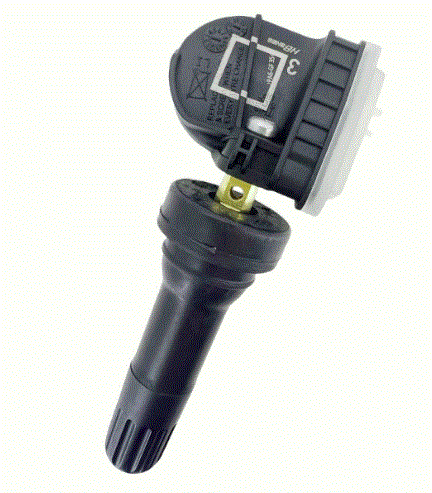Why a TPMS Is Essential for Safe and Fuel-Efficient Driving
A Tire Pressure Monitoring System (TPMS) is more than just a dashboard light — it’s a critical tool for road safety and fuel efficiency. As drivers become more conscious of both road safety and operating costs, TPMS technology is emerging as a must-have for modern vehicles. Whether you’re commuting daily, managing a fleet, or preparing for long-distance travel, understanding how TPMS works—and why it matters—can save you time, money, and risk.

What Is a Tire Pressure Monitor and How Does It Work?
TPMS is designed to monitor the air pressure inside each of your tires and alert you when pressure drops below a safe level. This tire safety system helps detect underinflated tires early, before they become dangerous or costly. Most modern TPMS devices use either direct or indirect sensors to provide real-time tire pressure data directly to the driver via a dashboard indicator, mobile app, or separate display unit.
Installed either as part of a factory system or as an aftermarket TPMS, the sensors track each tire individually. The moment any tire falls below the recommended pressure range, a warning is triggered—helping you correct the issue before it leads to a blowout or unnecessary fuel loss.
5 Key Reasons to Install a TPMS on Your Vehicle
- Avoid Tire Blowouts: Underinflated tires build up heat and are prone to sudden failure. TPMS helps you react before it’s too late.
- Improve Fuel Economy: Driving with optimal tire pressure reduces rolling resistance and increases fuel efficiency by up to 3%.
- Extend Tire Lifespan: Properly inflated tires wear evenly, saving you money in the long run.
- Enhance Overall Driving Safety: Whether it’s summer heat or winter cold, TPMS maintains tire balance and vehicle handling.
- Get Real-Time Alerts: Modern TPMS units provide accurate, timely notifications for each tire.
Direct vs Indirect TPMS: Which Is Better?
TPMS technology typically comes in two forms:
- Direct TPMS: Uses actual pressure sensors inside each wheel to monitor inflation. These systems are more accurate, provide specific pressure readings for each tire, and are highly reliable even when driving under variable load conditions.
- Indirect TPMS: Estimates tire pressure based on wheel rotation speed via ABS sensors. While generally less expensive, indirect systems are less precise and may not detect gradual air loss until it becomes a bigger problem.
If accuracy and real-time performance are priorities, a direct TPMS with a wireless display or Bluetooth app integration is the best choice.
TPMS and Fuel Efficiency: The Overlooked Connection
Many drivers are unaware of the impact that tire pressure has on fuel consumption. A single tire that’s 5 psi underinflated can increase fuel consumption by up to 10% over time. When all four tires are improperly inflated, that number can climb significantly. Not only are you burning more fuel, but you’re also putting more wear on the suspension system and increasing emissions.
By investing in a tire safety system, you’re not only protecting your tires—you’re reducing your carbon footprint and maximizing mileage.
Choosing the Best Aftermarket TPMS in 2025
When choosing a Tire Safety System for your vehicle, consider the following features:
- Sensor Battery Life: Look for devices with 3–5 years of battery performance.
- Ease of Installation: Screw-on external sensors are beginner-friendly and require no technical knowledge.
- Solar or USB Charging: Many units offer convenient recharging options for displays.
- Display Type: Choose between LCD screens, HUD-style displays, or app-based interfaces.
- Multi-Vehicle Support: Ideal for fleet managers or multi-car households.
🔧 Recommended Product:
Smart Wireless TPMS with LCD Display – for Cars & SUVs
Stay safe and efficient with this solar-powered TPMS featuring four external sensors, an easy-to-read display, and real-time alerts. Built for daily drivers and long-haul travelers alike.
Final Thoughts: A Small Device That Makes a Big Difference
While often overlooked, TPMS technology plays a critical role in everyday vehicle safety and fuel efficiency. By ensuring that your tires are always properly inflated, a TPMS can prevent accidents, extend the life of your tires, and help you save at the gas pump. Whether you drive a compact car, SUV, or truck, installing a reliable TPMS is one of the smartest upgrades you can make in 2025.
Ready to drive safer and smarter?
Explore our curated selection of tire pressure monitor, and find the perfect match for your vehicle today.
